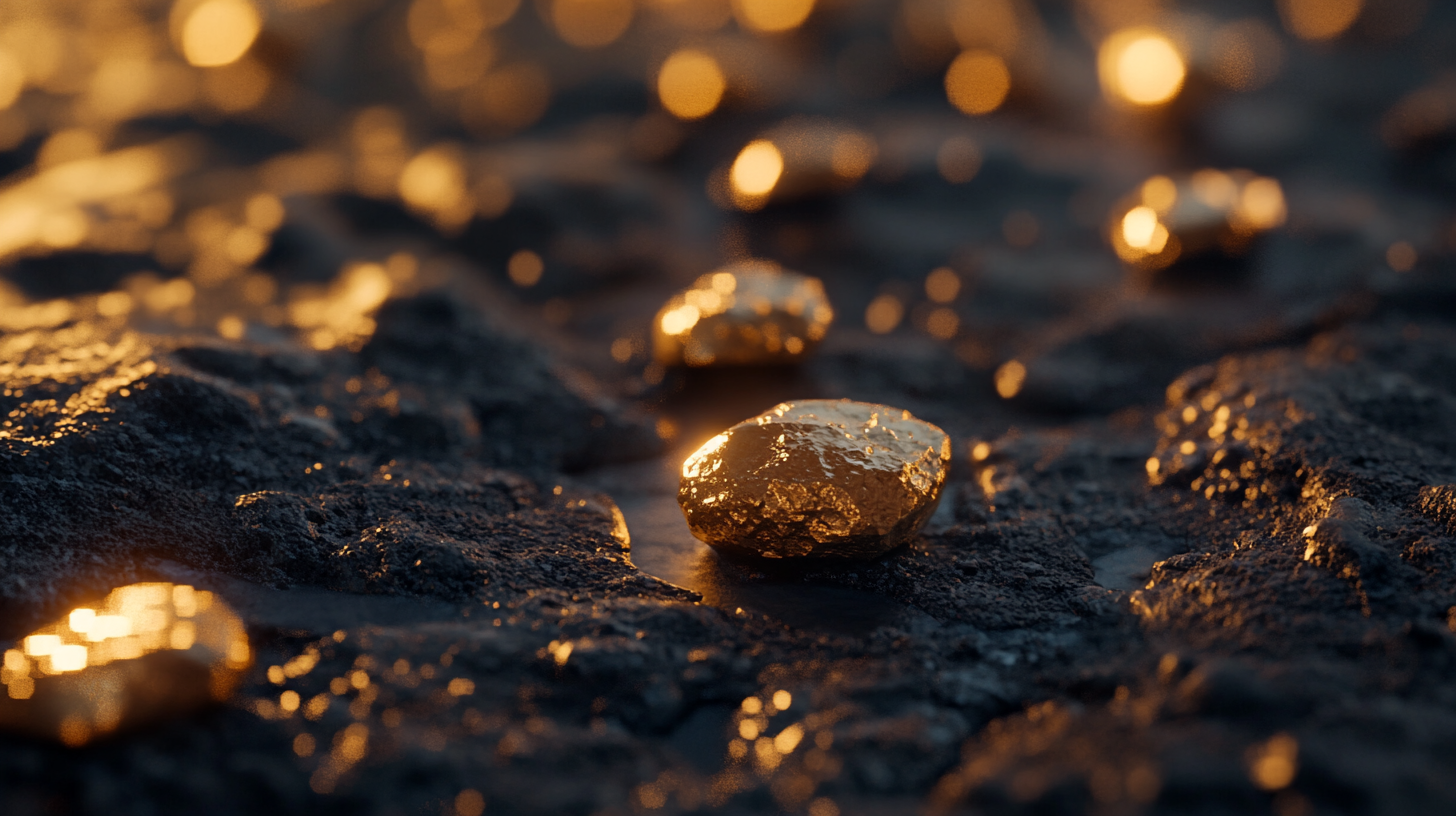In a world grappling with the effects of climate change, recent scientific findings present a mixed picture of our planet's polar regions. While the Antarctic Ice Sheet faces a grim future, innovative solutions in the Arctic offer a glimmer of hope.
The 'Doomsday Glacier': A Looming Threat
Scientists monitoring the colossal Thwaites Glacier in Antarctica have unveiled concerning discoveries. Nicknamed the 'Doomsday Glacier' due to its potential catastrophic impact, this frozen mass is roughly the size of Great Britain and is retreating at an alarming rate.
Dr. Rob Larter, a marine geophysicist at the British Antarctic Survey (BAS), warns, "Thwaites has been retreating for more than 80 years, accelerating considerably over the past 30 years, and our findings indicate it is set to retreat further and faster."
The implications of a total collapse are staggering. If Thwaites were to melt entirely, global sea levels could rise by 65 centimeters, affecting hundreds of millions of people worldwide. The glacier's unique vulnerability stems from its position on a bed far below sea level that slopes towards the heart of West Antarctica.
Arctic Innovation: Thickening Sea Ice
In contrast to the dire situation in Antarctica, a UK start-up called Real Ice has reported promising results from initial trials in the Canadian Arctic. Their innovative approach involves pumping seawater onto existing ice sheets to increase their thickness.
Andrea Ceccolini, co-CEO of Real Ice, explains, "Our objective is to demonstrate that ice thickening can be effective in preserving and restoring Arctic sea ice." This technique could prove crucial for the survival of polar wildlife and Inuit communities that depend on these ice sheets.
The trials, conducted in collaboration with the Centre for Climate Repair at the University of Cambridge, resulted in 25 centimeters of natural ice growth on the underside of existing ice. Shaun Fitzgerald, director of the Centre for Climate Repair, confirmed the success of the experiment, stating, "The results in May confirm that actually, yes, you do get this additional rate of growth of new sea ice from the underside."
A Race Against Time
As climate change continues to reshape our planet, these contrasting developments in the polar regions highlight the complexity of the challenges we face. The potential collapse of the Thwaites Glacier serves as a stark reminder of the urgent need for global action to mitigate climate change.
Meanwhile, innovative solutions like those being tested in the Arctic provide hope that human ingenuity can play a role in preserving critical ecosystems. However, experts caution that such measures should not detract from the primary goal of reducing greenhouse gas emissions and addressing the root causes of global warming.
As we move forward, continued research, international cooperation, and bold action will be essential in our efforts to protect the planet's polar regions and mitigate the impacts of climate change on a global scale.







